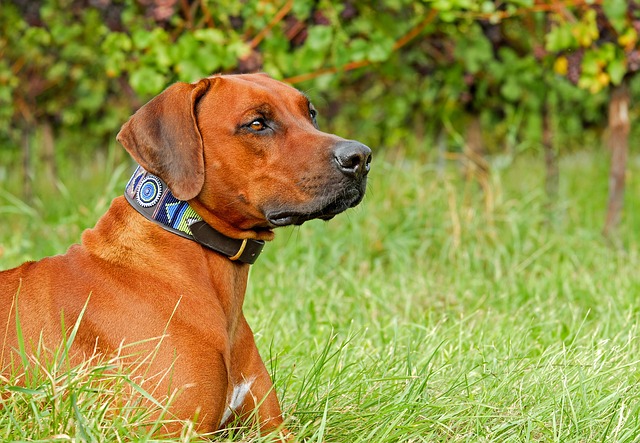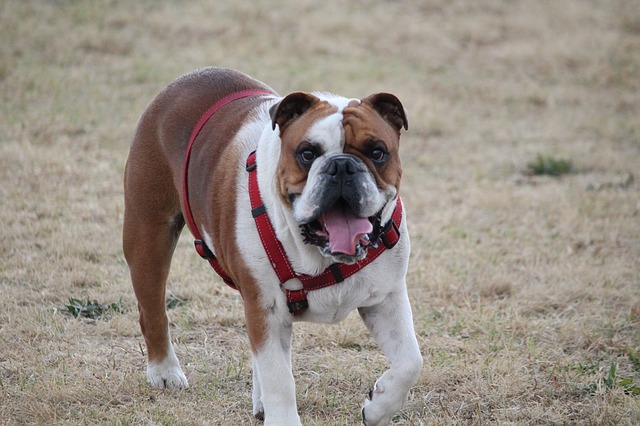There are a lot of embarrassing situations dog owners can run into over the course of their dog’s life, from unsuccessful attempts at potty-training, to a dog who refuses to ever come on command. Whatever the case, it’s probably a common trouble for other pet owners as well. However, sometimes these serious issues can be avoided by knowing what mistakes not to make when a dog joins the family. Among the most important decisions a new dog owner makes is the choice of training tools they use.
Dog Collar Options
A pet owner needs to select the right tools for basic training. While most people gravitate towards a standard flat collar or a choke collar, these aren’t generally good choices for dog training. A flat collar creates a single point of pressure when a dog pulls on a leash, which can not only hurt the dog’s neck, but it also doesn’t give you much in the way of communication between your hand and the dog’s head. Choke chains, in the meantime, are excellent tools, but require precise timing when giving a correction. Additionally, choke chains – as per their name – can cause a dog to actually suffocate itself. These tools are meant primarily for dogs who are already trained, or who are being worked with by a professional trainer. A properly fitted prong collar, a head halter, or a no-pull harness is generally a safer choice when teaching a dog the basics, however above all, any tool used must be properly fitted, or else any tool can cause serious injury or even death for the dog.

Dog Leashes
The next tool in a dog owner’s arsenal is of course, the leash. Currently flexi-leads and elastic leads are popular, because they allow the handler to give the dog room to roam, while also allowing them to shorten the leash as needed. These tools aren’t actually particularly good for training though: dogs in training need to have a set boundary, otherwise it results in confusion about the corrections given by a tug on the leash. With a flexi-leash, the dog won’t know if it will get that correction at five feet out, or twenty-five feet out from its handler. The lack of consistency can create a leash reactive dog, which will cause all manner of troubles later on, for both the dog and the owner. Instead, standard leashes with a set length should be used for training. For walking out and about in the neighborhood, a six foot leash is usually plenty, and when teaching a solid recall or playing fetch in an unfenced area, a longer leash – twenty-five to thirty feet – is generally best.
Training
The final, and most important core tool in training a dog is consistency. No matter what age a dog is, if the handler doesn’t give consistent commands, corrections, and rewards, then the dog can’t effectively learn. Inconsistency can lead to numerous behavioral problems, from a dog not following basic commands, to anxiety, reactivity, and aggression.
There are of course other tools one can utilize during training – treats, toys, and pretty much anything a dog has any interest in make for great rewards, but they won’t do anyone any good without the basic tools.
Article Written by Kathryn O’Keefe
Read More:
Amazem articles about Dogs Amazem.net
How to collars can hurt a dog and what to watch for. Peterdobias.com
Dangers of Choke Collars. Greyhound Companions of New Mexico



As the owner of a German Shepherd this article is on point. With a correctly fitted collar, short leach and consistent commands, correction and reward is crucial to your training success. If your looking for a cheap and yummy treat to train with – pick up the cheap brand of weiners and cut into small pieces.
I thought some dog collars are better than others. Now I realize without proper training they can hurt the dog no matter what collar it is. Thanks for this info. You are keeping dogs save.
There’s a ton of collar options out these days. For our dog, I use the standard collar style, but I make sure it’s thick and durable as some collars are very cheaply made. If we take the dog outside for a walk we use a harness type on her to lower risk of being able to break off of the leash.